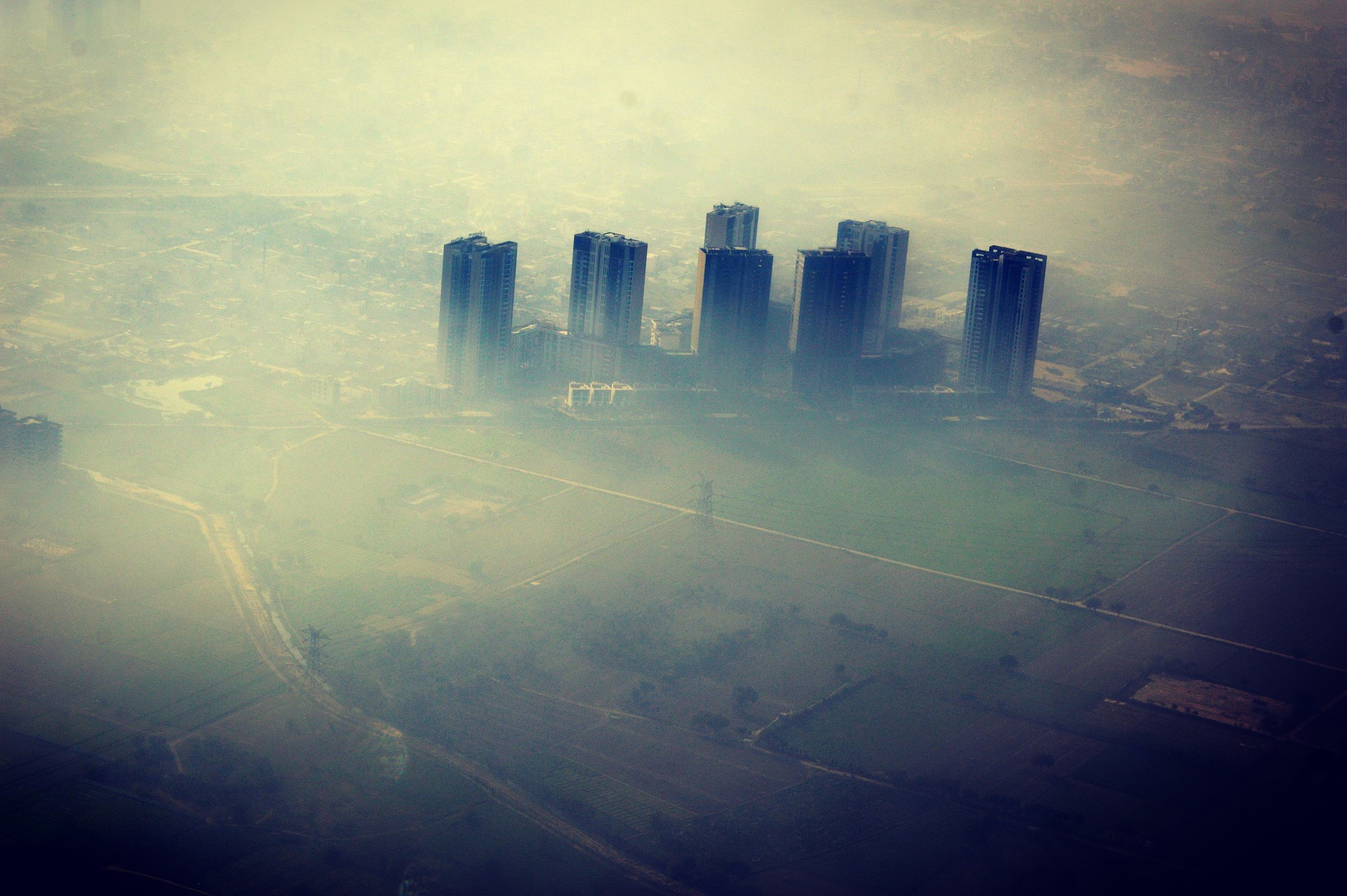Air pollution has a negative impact on the economy through several mechanisms: it causes loss of human life, reduces the labor capacity of the population, affects the production of vital products such as food crops, and damages cultural and historical sites as well as ecosystems capable of performing functions essential to society, requiring costs for rehabilitation or restoration.
New technologies to help reduce pollutant emissions are constantly being developed. Setting limits on pollutant emissions, as implemented through various international agreements, incentivizes investment in clean technologies. The benefits of modern technologies to reduce air pollution can be quantified in many cases. Economic models show that the introduction of additional measures may entail job losses in some sectors (e.g., fossil fuels), but on the other hand, new jobs will be created in other sectors (e.g., buildings and equipment). On a long-term basis, environmental policies will contribute to the economy as they encourage more efficient use of resources and will also lead to an increase in GDP by improving overall health by up to 10%.
The development of a market for clean technology will reduce the cost of producing the necessary equipment and therefore reduce the cost of abatement measures. Countries that are the first to strengthen their clean technology capabilities will benefit from the development of a growing industry.
Reducing emissions is a wise and long-term investment that contributes to several development goals and will ultimately provide significant benefits to society.
Costs of Air Pollution Control
Air pollution is a severe environmental issue that necessitates comprehensive solutions to mitigate its harmful effects on the environment and human health. Combating air pollution comes at a high cost to governments, industry, and society. As a result, the cost of controlling air pollution is a vital investment in ensuring a better, more sustainable environment for future generations.
The Costs of Adapting to Polluted Air
Public health suffers directly as a result of air pollution. Asthma, cardiovascular disease, respiratory ailments, and other illnesses are all on the rise in areas with high air pollution levels. As a result, people must spend more money on medical care, prescription drugs, and doctor visits. Due to the high number of employees who must miss work due to illness, this places additional burden on healthcare systems and lowers productivity.
Costs of Reducing Pollution
Governments and corporations must make significant investments in the creation and adoption of technology that minimize emissions of dangerous air pollutants if they are to lower air pollution levels. This could involve making vehicles more fuel-efficient, installing cleaning technology in industrial facilities, updating production methods, and converting to cleaner energy sources like renewable energy.
Costs of Environmental Education and Outreach
To effectively combat air pollution, it is very important to inform people not only about the problem, but also about possible solutions. To publicize these issues, it is necessary to hold campaigns and educate the population in every possible way, including by distributing educational materials. Environmental education and outreach can be expensive. Nevertheless, they are crucial for increasing public support for pollution control and environmental awareness.
Benefits of Reducing Air Pollution
Reducing air pollution is not only an ethical approach to the environment, but it also has major societal and economic benefits. We can improve public health, boost productivity, and do other things. The advantages of minimizing air pollution highlight the need of maintaining clean air for the well-being of society and nature.
Public Health and Reduced Medical Costs
One of the main benefits of reducing air pollution is improved public health. Reduced concentrations of air pollutants lead to reduced incidence of respiratory and cardiovascular diseases, allergies, and other pollution-related illnesses. This, in turn, reduces medical costs, reduces lost work hours due to illness, and increases the life expectancy of the population.
Increased Labor Productivity
Labor productivity benefits from improved air quality. People who breathe clean air are less tired, stressed, and have better concentration at work. As a result, production procedures are more effective, there are fewer mistakes, and the goods or services produced are of greater quality.
Reduced Social Costs
Reduced morbidity and death due to air pollution reduces social expenses as well. Authorities spend less on pollution-related medical treatment, health compensation, and social program payments. This frees up resources for other social and economic efforts to benefit the populace.
Environmental Sustainability
Reduced air pollution adds to regional environmental sustainability. Clean air promotes biodiversity, ecological health, and the restoration of natural resources. This fosters the expansion of ecotourism and other nature-related enterprises, which contribute to economic growth and employment creation.
Bottom Line
Air pollution is a major environmental issue that requires an immediate and thorough remedy. Despite the high costs of pollution control, the advantages of lower pollution levels far surpass the expenses. Reducing air pollution benefits public health, productivity, social costs, and environmental sustainability. States, corporations, and society as a whole must take responsible and coordinated action to ensure a clean and healthy environment for future generations.
